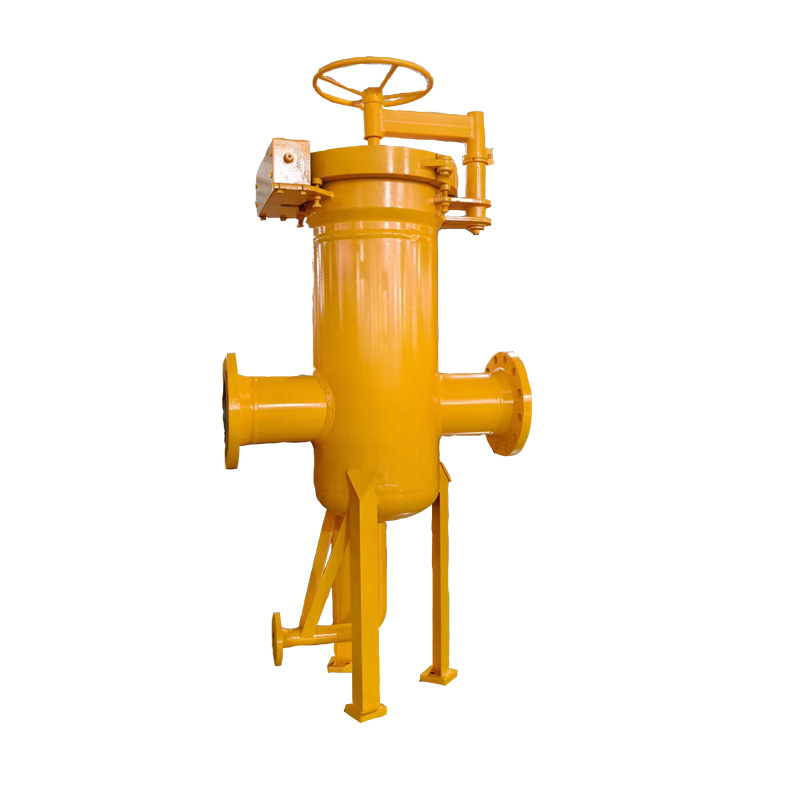
Dec . 29, 2024 07:07
Back to list
gas pressure reducing valve
Understanding Gas Pressure Reducing Valves Function and Importance
Gas pressure reducing valves (PRVs) are critical components in various industrial applications and residential systems where managing gas pressure is essential for safety, efficiency, and reliability. These devices have the primary function of lowering the high-pressure gas supplied from a source, such as a pipeline, to a lower pressure suitable for end-use. This article explores the significance of gas pressure reducing valves, their operating principles, and their applications.
The Importance of Gas Pressure Reducing Valves
In any system where gases are transported and utilized, controlling the pressure is vital. High-pressure gas can lead to equipment damage, safety hazards, and inefficiencies. Gas pressure reducing valves mitigate these risks by ensuring that the pressure remains within safe and operational limits. They provide a stable outlet pressure despite variations in the inlet pressure, which is common in supply lines as gas flows can fluctuate due to demand or upstream conditions.
How Gas Pressure Reducing Valves Work
Gas pressure reducing valves operate on a relatively simple mechanism. They typically consist of a valve body, diaphragm, and a spring-loaded mechanism. Here’s how they function
1. Inlet Pressure Regulation The gas enters the valve at a high pressure from the supply line. As the gas flows into the valve, it acts on a diaphragm that is responsive to pressure changes.
2. Pressure Sensing The diaphragm is connected to a spring that is preset to a specific pressure. When the inlet pressure exceeds the desired outlet pressure, the diaphragm moves against the spring’s force.
3. Flow Control As the diaphragm compresses the spring, it opens the valve, allowing gas to flow downstream while simultaneously regulating the pressure. If the inlet pressure drops or fluctuates, the diaphragm adjusts accordingly, maintaining a consistent outlet pressure.
4. Safety Features Many PRVs are equipped with additional safety features such as relief valves, which can vent excess pressure if the system becomes over-pressurized, further ensuring safety.
Applications of Gas Pressure Reducing Valves
Gas pressure reducing valves are commonly used in various industries and settings
. Some key applications includegas pressure reducing valve

- Residential Gas Supply In homes, PRVs ensure that natural gas supplied for heating, cooking, and other appliances maintains an appropriate pressure level. This prevents potential hazards associated with over-pressurization.
- Industrial Processes Factories and plants often utilize PRVs in their gas supply systems for machinery, boilers, and combustion equipment. Properly regulated gas pressure enhances operational efficiency and prolongs equipment life.
- Power Generation In power plants, gas pressure reducing valves control the pressure of gases used in combustion turbines and other energy-producing processes, ensuring optimal performance and safety.
- Chemical Processing The chemical industry relies on precise pressure control to facilitate reactions and manage the handling of various gases, which can be hazardous if not properly regulated.
Choosing the Right Gas Pressure Reducing Valve
Selecting an appropriate gas pressure reducing valve involves several considerations
- Pressure Range It is crucial to determine the required inlet and outlet pressure ranges for the specific application.
- Flow Rate The valve must be capable of handling the expected flow rates in order to ensure efficient operation.
- Material Compatibility The materials used in the valve construction should be compatible with the type of gas being managed to prevent corrosion or degradation.
- Compliance Ensure that the PRV meets industry standards and regulations to maintain safety and operational integrity.
Conclusion
Gas pressure reducing valves play an indispensable role in the safe and efficient management of gas systems across various sectors. By maintaining appropriate pressure levels, these devices not only protect equipment and enhance performance but also contribute significantly to safety. Understanding the operation and applications of PRVs allows for better implementation and maintenance, ultimately leading to improved efficiency and reduced risks in gas handling processes. Whether in a domestic environment or a complex industrial setup, the importance of gas pressure reducing valves cannot be overstated.
Latest news
-
Safety Valve Spring-Loaded Design Overpressure ProtectionNewsJul.25,2025
-
Precision Voltage Regulator AC5 Accuracy Grade PerformanceNewsJul.25,2025
-
Natural Gas Pressure Regulating Skid Industrial Pipeline ApplicationsNewsJul.25,2025
-
Natural Gas Filter Stainless Steel Mesh Element DesignNewsJul.25,2025
-
Gas Pressure Regulator Valve Direct-Acting Spring-Loaded DesignNewsJul.25,2025
-
Decompression Equipment Multi-Stage Heat Exchange System DesignNewsJul.25,2025

